The views expressed in our content reflect individual perspectives and do not represent the authoritative views of the Baha'i Faith.
Kahlil Gibran moved from Boston to New York City early in 1912. He rented a modest studio at 51 West Tenth and soon met his first Manhattan friend, an artist with a studio right across the street – the well-known portrait painter Juliet Thompson. Thompson, a graduate of the Corcoran School of Art, member of the art collective known as the Pastellists, and painter of royalty and American First Lady Grace Coolidge, soon became close friends with Gibran.
Juliet, both in her published diary and in later interviews, often reveals more about the inner life of the author of The Prophet than some of his extensive biographies. She tells the story of an insecure, diminutive Lebanese immigrant, new to America and New York, attempting to learn English and fit in to American society. She says, with tongue in cheek:
I don’t know how to describe him except to say he was the spitting image of Charlie Chaplin. I used to tell him so. It made him frightfully mad.
As the bond of their friendship strengthened, Gibran’s painting and his writings, in both Arabic and English, begin to become popular. In one of those later interviews, Juliet reveals that Gibran made a practice of reading her his just-written manuscripts:
A Syrian brought him to see me — can’t even remember his name. Kahlil always said I was his first friend in New York. We became very, very great friends, and all of his books — The Madman, The Forerunner, The Son of Man, The Prophet — I heard in manuscript. He always gave me his books.
Asked about Gibran’s interest in the Baha’i teachings, Juliet explains:
How Gibran got in touch with the Baha’i Cause: I’ll just frankly tell you the story, just as it was. I hastened to tell him; he listened. He got hold of some of the Arabic of Baha’u’llah (the Prophet-Founder of the Baha’i Faith). He said was the most stupendous literature that ever was written, and that He even coined words. That there was no Arabic that even touched the Arabic of Baha’u’llah.
…Time passed. I told him the Master (Abdu’l-Baha) was coming. He asked me if I would request the Master to sit for him. The Master gave him one hour at 6:30 one morning. He made an outstanding head. It doesn’t look like the Master — very faint likeness. Great power through the shoulders. A great radiance in the face. It’s not a portrait of the Master but it’s the work of a great artist. I do consider him a great artist.
He was very modest and retiring in his personal life. He’d never met the Master before, and that began his friendship. He simply adored the Master. He was with Him whenever he could be. He would come over here to this house (48 West 10th) to see the Master. In Boston, he was often with the Master….
The Master went away and Kahlil settled down into writing his books. But he often talked of Him, most sympathetically and most lovingly…. Then one night, years afterward, the Master’s motion picture was going to be shown at the Baha’i Center…. He sat beside me on the front row and he saw the Master come to life again for him in that picture. And he began to sob. We had asked him to speak a few words that night. When the time came for him to speak, he controlled himself and jumped up on the platform and then, my dear, still weeping before us all he said : ’I declare that Abdu’l-Baha is the Manifestation of God for this day!’ Of course he got it wrong — but…. He was weeping and he didn’t say anything more. He got down and he sat beside me, and he kept on sobbing and sobbing and sobbing. Seeing the picture — it brought it all back. He took my two hands and said, ’You have opened for me a door tonight.’ Then he fled the hall.
Although Juliet Thompson doesn’t attach a date to her moving remembrance of that night when Kahlil tried to speak at the New York City Baha’i Center, it probably occurred somewhere near the end of Gibran’s life. He died in 1931, a decade after Abdu’l-Baha’s passing, so the meeting where attendees saw a film of Abdu’l-Baha’s visit to the United States likely happened sometime during that 10 year period, and most likely took place after the publication of The Prophet in 1923.
And although Baha’is do not view Abdu’l-Baha as a Prophet or a Manifestation – that station Baha’is reserve for Baha’u’llah – many people who met the Master made the assumption that Abdu’l-Baha’s great wisdom and love for humanity exemplified the characteristics of a Messenger of God. Gibran’s insistence that the original name of his masterpiece – The Counsels – be changed to The Prophet, even over the objections of his close confidantes and editors, speaks directly to the impact that his many encounters with Abdu’l-Baha and the Baha’i teachings had on his life and his work.
In fact, a substantial and convincing body of evidence suggests that in The Prophet and in his subsequent book Jesus, the Son of Man, Kahlil Gibran modeled his main characters on Abdu’l-Baha, the remarkable Exemplar of the Baha’i Faith.


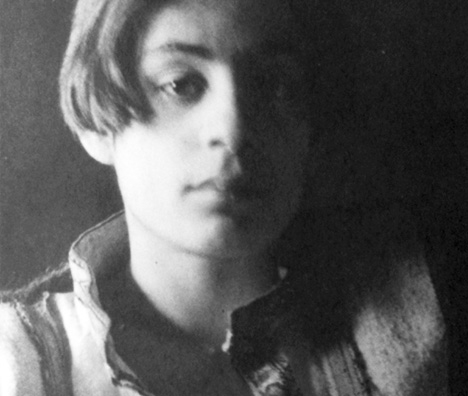
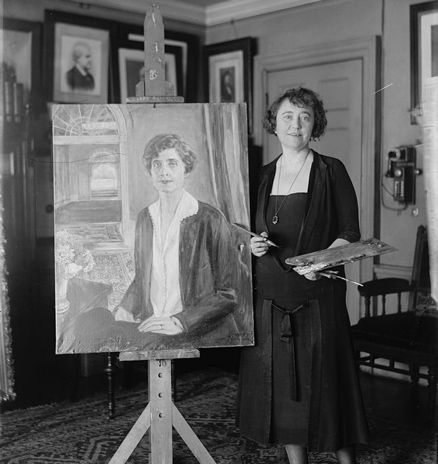
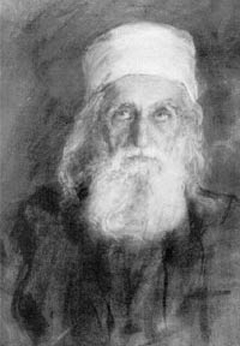

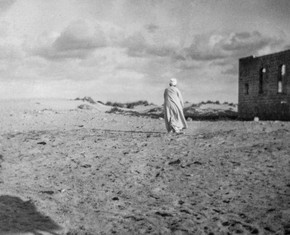
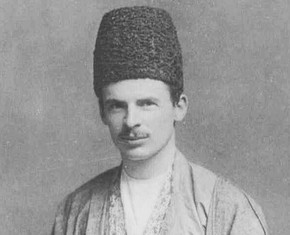
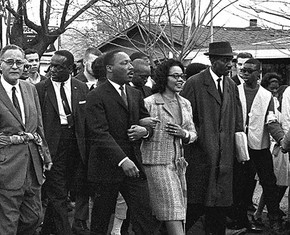
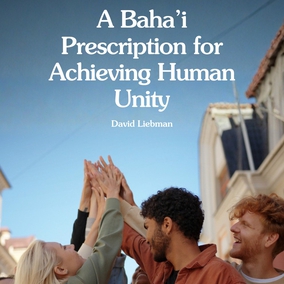
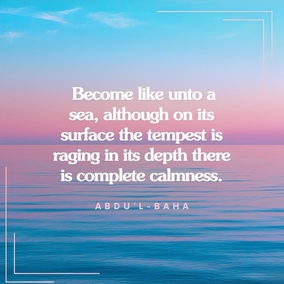
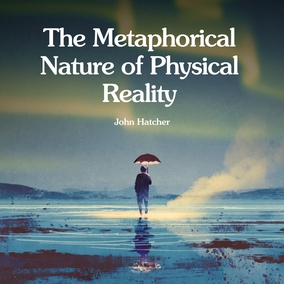
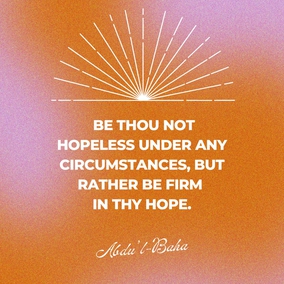
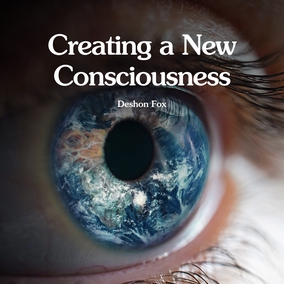


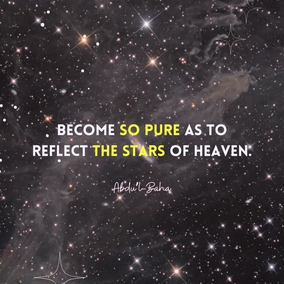

Comments
Sign in or create an account
Continue with Googleor